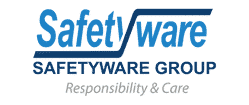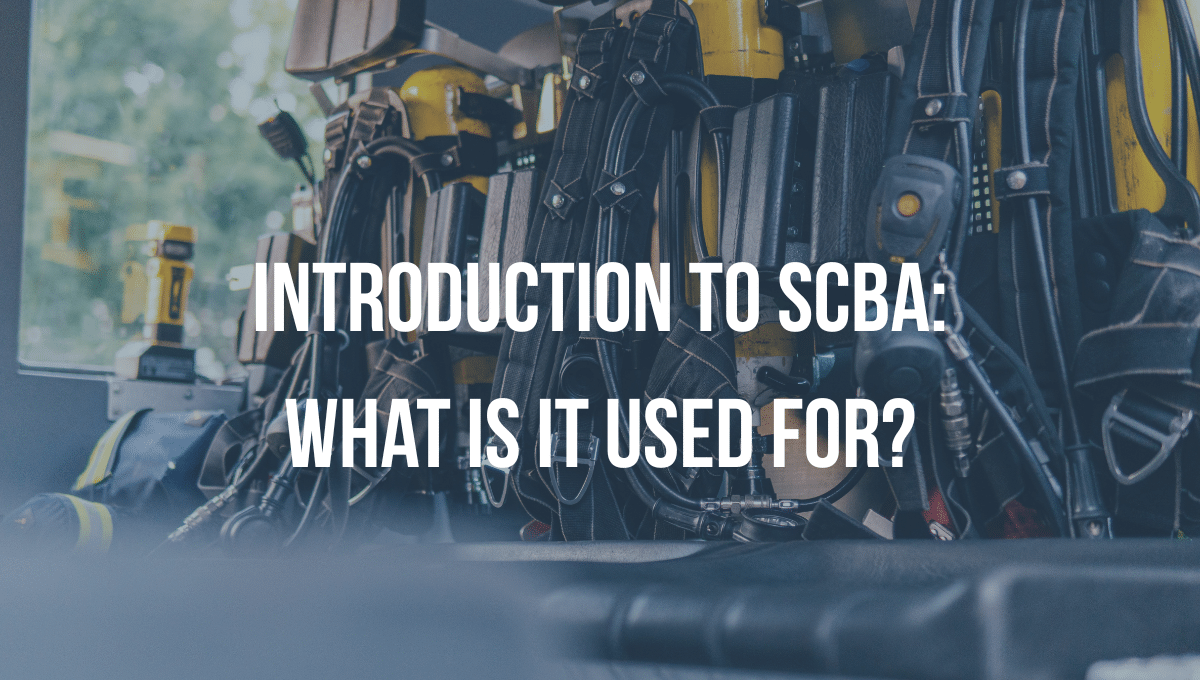Self-Contained Breathing Apparatus (SCBA) systems are critical lifesaving tools designed to provide breathable air in dangerous environments where oxygen levels are low or toxic gases, smoke, or particulates threaten respiratory health. Widely used in firefighting, industrial settings, and emergency response, SCBA ensures the safety of workers and first responders. Let’s explore how SCBA works, its applications, and why it’s indispensable for high risk operations.
What Is SCBA?
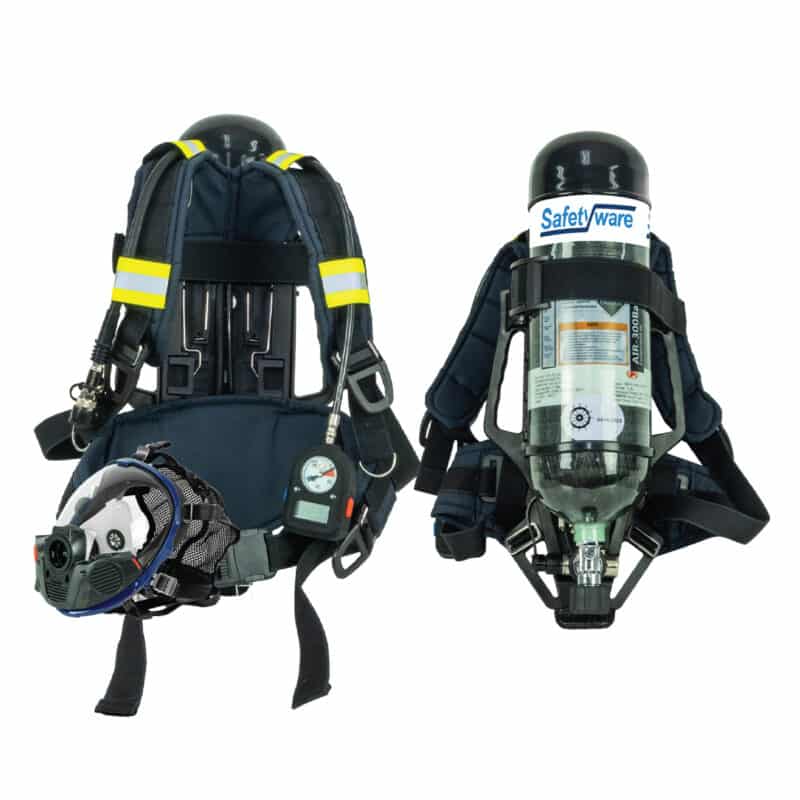
An SCBA is a wearable device that delivers clean, compressed air to the user through a facepiece (mask) connected to a pressurized air cylinder. Unlike respirators that filter ambient air, SCBA systems supply air independently, making them essential for environments with:
- Immediate Danger to Life and Health (IDLH): Such as oxygen-deficient spaces, chemical spills, or smoke filled areas.
- Toxic Atmospheres: Including gases like hydrogen sulfide, carbon monoxide, or ammonia.
- Confined Spaces: Tanks, silos, or tunnels where ventilation is poor.
Key Components of SCBA
A typical SCBA system includes:
- Air Cylinder: High-pressure tank (often carbon fiber) holding 30–60 minutes of breathable air.
- Regulator: Controls airflow from the cylinder to the mask.
- Facepiece: Full-face mask with a secure seal and anti fog visor for visibility.
- Harness: Adjustable straps to secure the apparatus to the user’s back.
- Pressure Gauge: Monitors remaining air supply.
- Emergency Alarm: Alerts the user when air levels are critically low.
Primary Uses of SCBA
1. Firefighting
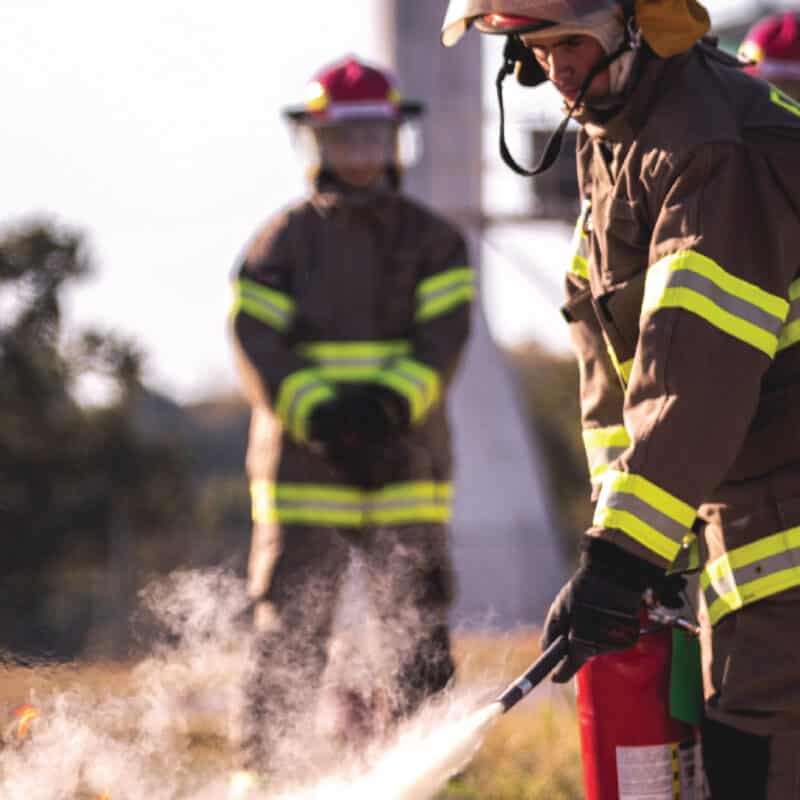
Firefighters rely on SCBA to navigate smoke-filled structures and extinguish flames safely. The system protects against:
- Smoke Inhalation: Prevents lung damage from toxic combustion byproducts.
- Heat Stress: Heat-resistant materials shield users from extreme temperatures.
Example: SafetyWare Firefighting SCBA (NIOSH-certified) features heat-resistant hoses and a quick-release harness for rapid deployment.
2. Industrial Applications
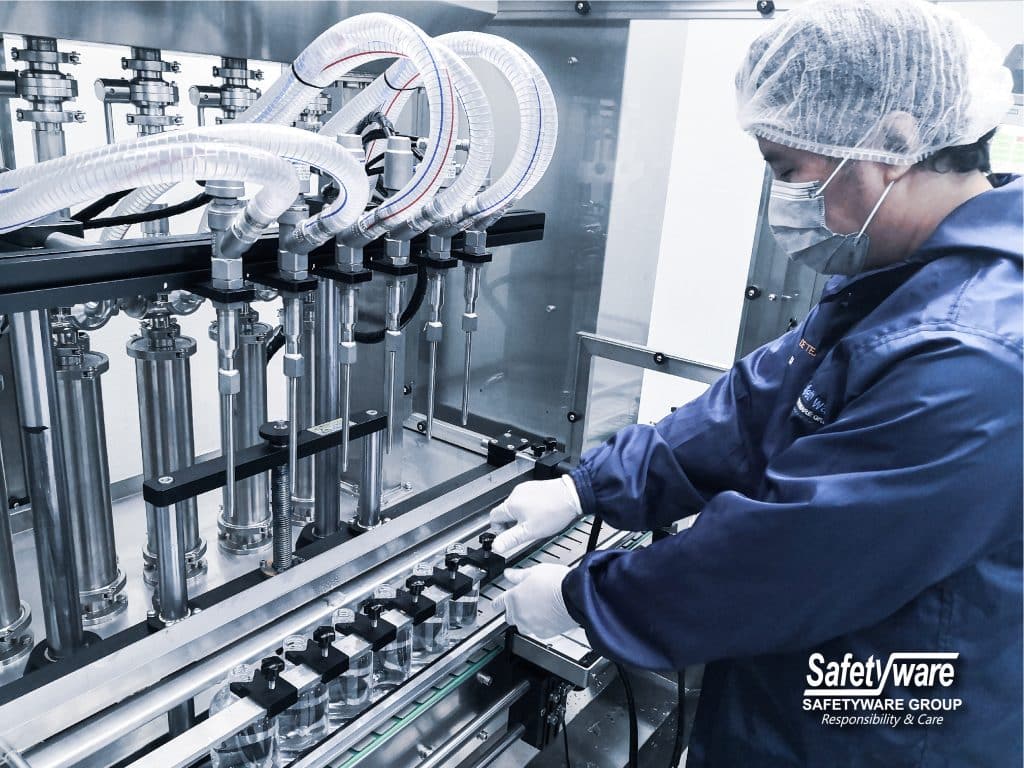
Workers in oil refineries, chemical plants, and mining operations use SCBA to handle:
- Chemical Leaks: Neutralizes exposure to corrosive or poisonous gases.
- Confined Space Entry: Ensures safe entry into tanks or pipelines for maintenance.
Example: SafetyWare Industrial SCBA includes corrosion-resistant components for chemical-heavy environments.
3. Emergency Response
Hazardous material (HAZMAT) teams and disaster responders use SCBA during:
- Chemical Spills: Mitigates risks during cleanup of toxic substances.
- Natural Disasters: Protects responders in collapsed buildings or flood zones.
4. Rescue Operations
SCBA is vital for saving lives in collapsed structures, collapsed mines, or submerged environments.
Types of SCBA Systems
1. Open-Circuit SCBA
- How It Works: Exhaled air is released into the environment.
- Use: Most common type for firefighting and industrial applications.
- Runtime: 30–60 minutes, depending on cylinder size and workload.
2. Closed-Circuit SCBA (Rebreathers)
- How It Works: Recycles exhaled air by scrubbing carbon dioxide and replenishing oxygen.
- Use: Longer missions (e.g., mining rescues) where extended air supply is critical.
- Runtime: Up to 4 hours.
Why SCBA Compliance Matters
SCBA systems must meet rigorous standards to ensure reliability:
- NIOSH Certification: Mandatory for workplace use (42 CFR Part 84).
- NFPA 1981: Specifies performance requirements for firefighting SCBA.
- OSHA Regulations: Requires SCBA for IDLH environments (29 CFR 1910.134).
Choosing the Right SCBA
Consider these factors when selecting an SCBA:
- Work Environment: Match the system to hazards (e.g., heat, chemicals).
- Duration of Use: Cylinder capacity should exceed task runtime.
- Comfort: Adjustable harnesses and ergonomic design reduce fatigue.
- Training: Ensure users are certified in SCBA operation and maintenance.
Conclusion
SCBA systems are the backbone of safety in high risk professions, alllow workers to operate safely in environments where every breath could be deadly. By understanding their components, applications, and compliance requirements, organizations can protect their teams while adhering to occupational safety standards.
For reliable respiratory protection solutions, explore SafetyWare’s range of safety equipment here.
Any Questions? Contact Us:
📩 Email: [email protected]
🌐 Website: www.safetyware.com
📞 Contact us: WhatsApp
